Use your knee to improve your golf swing
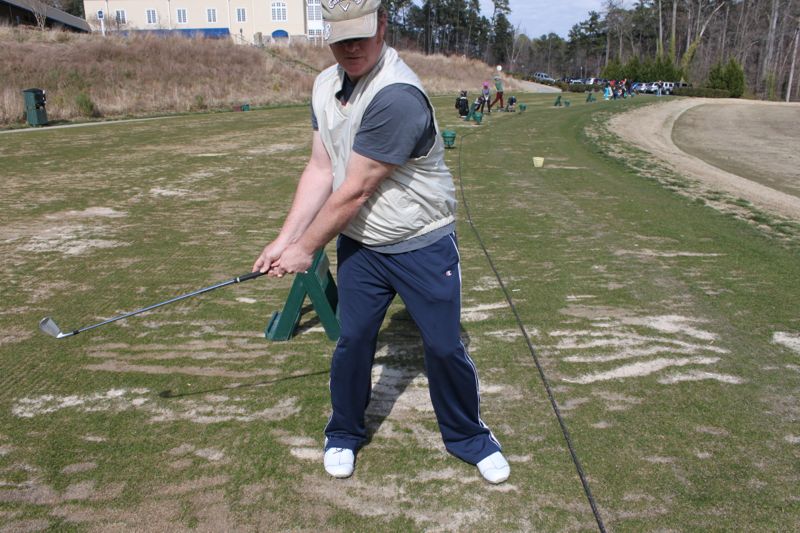
I have written a number of posts about the takeaway but today I want to focus on where it all begins-the legs and specifically with the left knee. Lets start with our address.
The Brace Connected Address
The Ballard swing begins with what Jimmy calls the ‘brace-connected address’. Specifically this means that the inside heel measurements are at outside shoulder width with the right toe perpendicular to the target line and the left toe flared out a little towards the target. Fans of Ben Hogan will recall this address in the book “5 Lessons”. Keeping your back foot perpendicular is critical as it will add bracing to the ground as you make a coil.
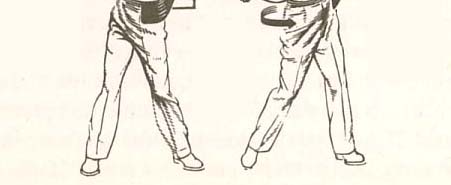
Above the waist, Jimmy takes a different approach than other instructors. Unlike many teachers, Ballard wants you to keep your butt underneath you rather than poking it out behind you. With a “taller address” your legs are better able to feel the ground and your legs can work more efficiently and naturally. You can further improve this “gripping” feeling by adding a little pressure with your knees by slightly pressing them toward each other at address.
Get into an Athletic Position:
By standing tall you will notice that you are in a natural athletic position with a solid base. As a check point, while at address, you should feel as though you are able to catch a 50 lb. sack of potatoes. Preparing to catch such weight is a good measure to see if your weight is too far forward or you are too bent over.
Check Points:
From this address position you can begin the takeaway by simply moving your left knee towards your right knee. You will notice this naturally moves your left hip and whole left shoulder. Essentially you begin the backswing without ever manipulating the club. You can read our other posts as to how to correctly coil into the top of the backswing, but once you are there, you push off of the inside of your right toe where your right knee kicks out toward the ball, so that your whole right side, including your right hip and right shoulder and right hand all move down the target line.
Drills:
A great drill to help feel this leg movement is to get into the address position we described above and simply kick your left knee towards your right and watch the club move back to waist high. Then kick your right knee forward and watch the club head square up and travel down the target line. At the follow through your head, chest and belt buckle will all be facing the target. Make sure that when you kick your knees this way, you are actually feeling your weight transfer from the inside of one foot to the other.
You can use further practice this by hitting punch shots at the range. When done properly, you will feel your legs using the ground for leverage and this will result in straighter, longer golf shots.



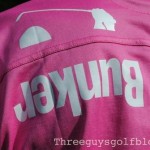
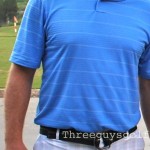
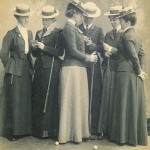
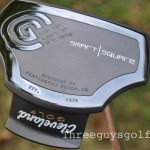
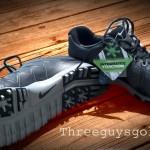
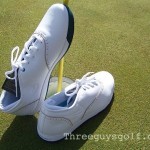
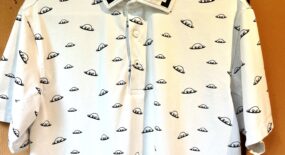
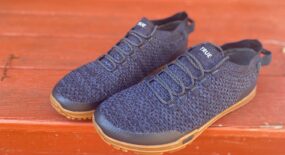
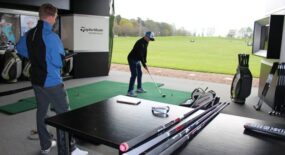
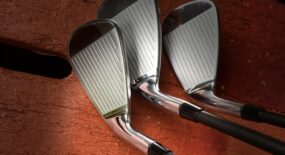
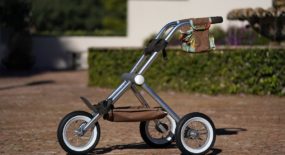
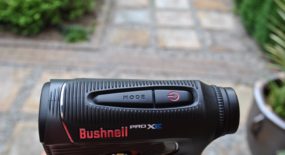
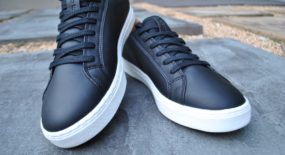
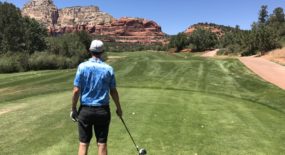
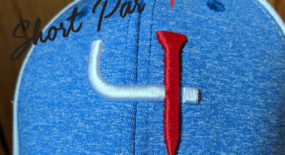
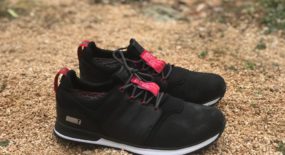
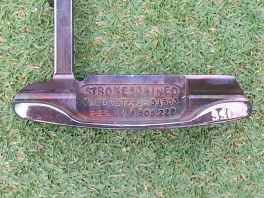
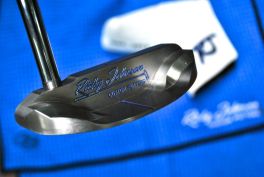
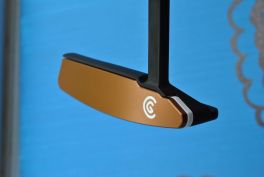
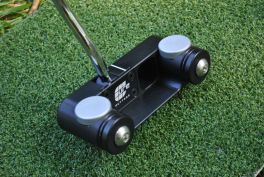
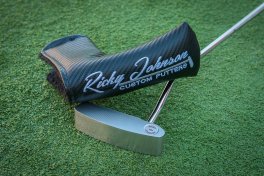
I really enjoy reading Wade’s teaching. I’m a long time Jimmy Ballard fan, Wade really understands his swing. The half- left arm (soft) is never taught today and that’s a sad thing for new golfers not exposed to Jimmy Ballard. From the mid 1980’s to 2014 I’ve grooved just about everything Jimmy taught, ” elbows down, fire the right side….” No body has a better teaching method the Jimmy.
Paul
I’ve been trying to use the Ballard swing for about 3 years, including lessons this year with Steve Wozeniak and I’ve always had a problem getting into “the coil”. When I rotate my torso I tend to sway onto my right leg and get my weight outside, at which point your swing is kaput. I’ve always struggled with that, but after reading this tip, today I tried it on the range and it worked. I found that I was not over swinging the way I had to do when I got my weight outside my right leg. Simply kicking the left knee towards the right knee kept my weight inside my right leg and made the downswing much easier and more powerful. As an added bonus, I started hitting down on the ball with my irons and started taking a divot ahead of the ball. Now to see if it will work on the course…..
I’d like to know if the left knee kicking in is the key the stay center in rotation ?
Thank you for your question. I’m not sure if I’m understanding what you’re asking, but in the Ballard swing, there is coil and a weight shift into the braced back leg in the backswing. The kick of the left knee, for right-handed golfers, initiates the coil of the upper body. The downswing starts with a push from the inside of the right foot, and then shifts the weight from the inside of the right leg up to the front leg to uncoil and throw the club head through the ball and down the target line. We are not trying to keep our weight perfectly centered in the swing. As with every athletic motion of throwing or hitting a ball, we are moving from our back foot to our front foot to generate power from the ground up to swing the club. We want to finish in a tall, balanced position with our weight over the left foot.
I’d like to know if the left knee should only go so far and then stop to allow for resistant coiling in the backswing from a stationary left knee? How far should the left knee move backwards in the backswing?
Thanks!
Jeff
Hi Jeff, thanks for the question! I’m not sure I understand what you mean about allowing for resistant coiling from a stationary left knee. My left knee is anything but stationary in the backswing. You can check out our interview with Jimmy Ballard, and he describes that Hogan tried to get his left knee back far enough to get his left inner thigh to squash his nut against his right thigh. I don’t have the flexibility to get that far with the left knee, but I do try to initiate the downswing with the left knee moving in, at the same time as the whole left shoulder takes the triangle of my arms and the club back. I don’t need to resist anything with the left knee.
As far as how much I can coil, that has to do with my flexibility; but the most important thought for me is to keep my right knee flexed and my right foot toed in a bit. That creates the resistance in the backswing, so that when i get to where my left shoulder is under my chin, i keep my hands and arms loose, and push off of the ground with the inside of my right toe to start the downswing. The feeling I have is that I push off the inside of the right toe, and I try to hit the ball with the back of my left hand and my right hip, or I think of hitting the back of the ball with my right hand and right hip. When I do that, as I push off the right foot, I step onto the left foot during the downswing and finish the swing with my weight moving toward my left big toe, which is turned out toward the target a bit. That helps me get to a balanced finish with my weight almost exclusively on my left foot.
A good read for golf beginners like me. Thank you for sharing these tips! There are so many ways to improve one’s golf swing.
Hi Wade,
Thanks so much for posting some new commentary. I have enjoyed reading your articles since I started taking lessons in January with Tom Rinna, one of Jimmy Ballard’s longtime assistants who works in the Detroit area.
Of all of the wonderful tips that Tom and (indirectly) Jimmy and you have taught me, I find the suggestion about the “lead” knee (I am left-handed) initiating the backswing coil to be the most useful. The feeling for me is starting with “braced” knees, and then the kick of the lead knee causing the entire torso and connected “short” lead arm and shoulder girdle to move behind the ball, building tension in the inside of the trail leg, with the trail knee then initiating the firing of the clubhead down the outside “railroad track”. Do I have this right?
Again, I appreciate your new commentary, and look forward to the possibility of new articles from you! I can testify that the Ballard system and Tom Rinna’s instruction has worked wonders for this previously discombobulated 44-year old; my handicap has dropped from 22 to 14.6 since January, and I shot my first ever 39 on the Tom Watson Academy course (par 35) while on a business trip to Kansas City in June. Thanks again!
Hi Wade,
You said to begin the takeaway by moving your left knee towards the right knee. In the Jimmy Ballard swing is there a slight push off from your left foot as your left knees starts moving? Does my head and body also move slightly away from the target as I coil back over my right leg?
Thanks!
Jeff